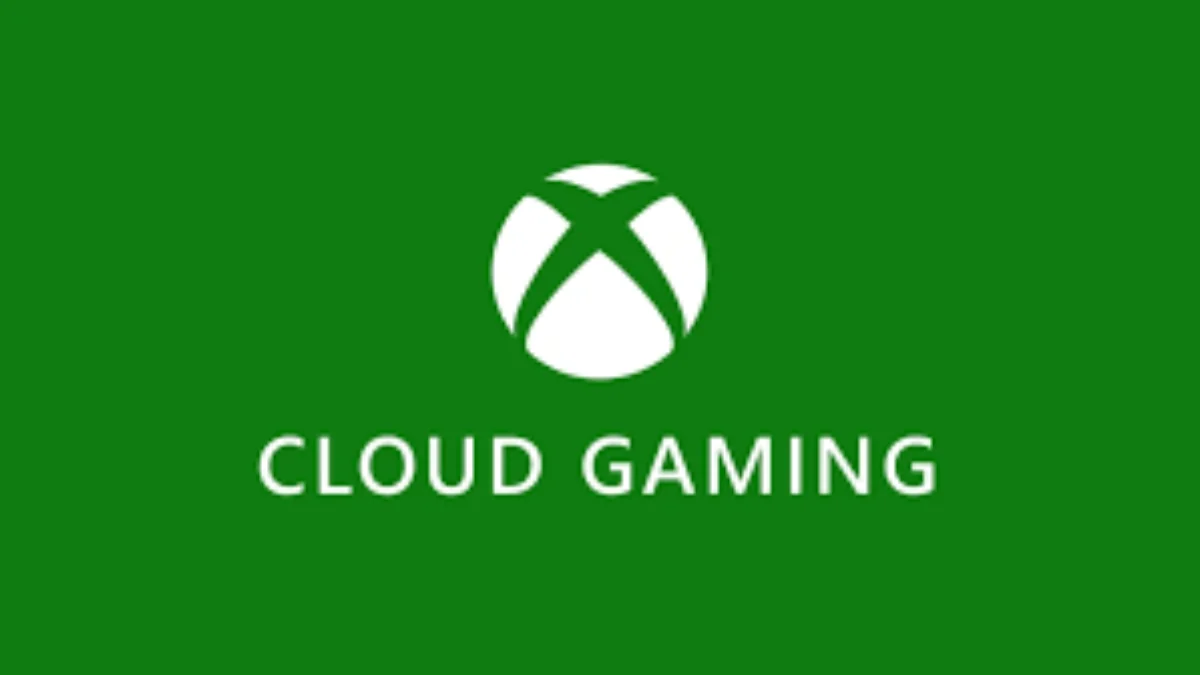Microsoft is quietly preparing to roll out a free, ad-supported Xbox Cloud Gaming tier. The logic is clear: in an era of soaring subscription costs and intensifying competition, the tech giant aims to broaden access while monetizing via commercials instead of subscription fees. This new move could reshape how millions experience cloud gaming and challenge rivals like NVIDIA GeForce Now or Amazon Luna.
In this article, we’ll unpack what’s known so far: how the free tier might work, what restrictions could apply, what it signals about Microsoft’s strategy, and how gamers should respond. I’ve combed through internal reports, industry leaks, and company hints to separate speculation from likely reality and show why this shift matters far beyond the Xbox ecosystem.
The Core Mechanics: What Reports Say About the Free Tier
Multiple trusted outlets report that Microsoft is already testing a free, ad-supported streaming option for Xbox Cloud Gaming.
Key details emerging from leaks and industry analysis:
- Users watch about two minutes of preroll ads before each session.
- Sessions could be capped at one hour, with a monthly limit (e.g. five hours).
- Access will be limited: games you own, Free Play Days titles, and Xbox Retro Classics may be included.
- The free tier is reportedly being tested internally among Microsoft employees before a broader beta.
- This could be available across PC, console, handheld, and browser platforms.
This plan echoes prior hints from Microsoft executives. In late 2023, CFO Tim Stuart floated the idea of letting users in markets like India, Africa, Southeast Asia stream games in exchange for watching ads. The timing is striking: Microsoft recently increased the Game Pass Ultimate price by 50 percent. The free tier may act as a pressure release offering something “free” while still funneling ad revenue.
Strategic Stakes: Why Microsoft Is Making This Move
Why would Microsoft gamble with free access? The motives span competition, market expansion, and retention:
- Access strategy: A free tier could bring new users especially in mobile-first markets reluctant to pay.
- Ad revenue: With billions streaming content online, ads offer a steady monetization stream.
- Retention funnel: Free users may upgrade to paid tiers for fewer ads, better quality, or unrestricted gaming.
- Competitive edge: A strong free tier might undercut rivals that rely purely on subscription-only models.
Still, Microsoft must balance tradeoffs: free users consume bandwidth and infrastructure costs. If ad revenue or conversions don’t offset them, the model could be unsustainable.
Constraints, Risks, and Gamer Feedback
Even the leaks carry caveats. Potential pitfalls:
- Restricted catalog: The free tier likely won’t support full AAA libraries only selected titles.
- Quality tiers: Expect lower resolution, reduced bandwidth, or longer queue times for free users.
- Ad fatigue: Two-minute ads per session may frustrate gamers.
- Monetization leakage: If free users don’t convert, resources may feel wasted.
Gamers have already voiced concerns. One user pointed out on Reddit that ads “would detract from the experience” and risk cannibalizing paid users. Meanwhile, existing Game Pass subscribers have spotted ad insertion even in loading screens for paid tiers hinting Microsoft is preparing infrastructure already.
What It Means for the Gaming Ecosystem
If Microsoft succeeds, the industry could feel a seismic shift:
- Lower barrier for entry: Cloud gaming might no longer require a subscription up front.
- Ad-based models gain legitimacy: Other platforms may follow suit.
- Regional expansion: Markets with low console penetration could become viable growth zones.
- Subscription pressure: Paid tiers must deliver clear advantages to remain compelling.
This move also ties into wider digital and financial trends. As we’ve seen in recent geopolitical and policy stresses, public infrastructure whether cloud services or visa systems is vulnerable when revenue models shift. Look back to stories like Trump’s visa fee lawsuit or U.S. embassy shutdown impacts for how funding model failures ripple outward.
What Gamers Should Do Now
Here’s how to approach this shift:
- Monitor beta access: Watch Xbox Insider announcements for free tier tests.
- Compare tiers: Evaluate ad load, session limits, and resolution against paid plans.
- Decide upgrade triggers: Know what features would make you pay (e.g. ad-free, 4K streams).
- Set expectations: Treat the free tier as get-your-foot-in-the-door, not full parity with paid.
This pivot is strategic, not spontaneous. Microsoft is lining up infrastructure, data pipelines, advertiser relationships all behind the scenes.
Conclusion: A Gamble or Vision?
Microsoft’s ad-supported Xbox Cloud Gaming tier isn’t a fringe experiment. It’s a calculated bet to blend ubiquity with monetization. If they get the balance right, cloud gaming could shift from niche to must-have in emerging markets. If they misstep, backlash could tarnish trust in paid tiers.
Gamers, developers, and platform architects should watch closely. The coming months will reveal whether Microsoft has reinvented access or just watered down premium gaming. Stay informed. Subscribe for updates on cloud gaming’s evolution.
Frequently Asked Questions
Q: What is Microsoft’s free Xbox Cloud Gaming tier? A: It is a proposed ad-supported version of Xbox Cloud Gaming that allows streaming select games without a Game Pass, once users watch brief ads before sessions.
Q: Which games might be available in the free tier? A: Likely candidates include games you already own, titles from Xbox’s Free Play Days, and the Retro Classics collection.
Q: How long can you play using the free tier? A: Current leaks suggest one-hour sessions with a monthly cap five hours in total but these limits may evolve.
Q: Will free users get the same streaming quality as paid users? A: Probably not. Free tier users may face lower resolution, bandwidth caps, or longer queue times.
Q: Does Microsoft already place ads in Game Pass subscriptions? A: Yes. Some users have reported seeing ads during game loading even on paid tiers, hinting at ad infrastructure in the works.

